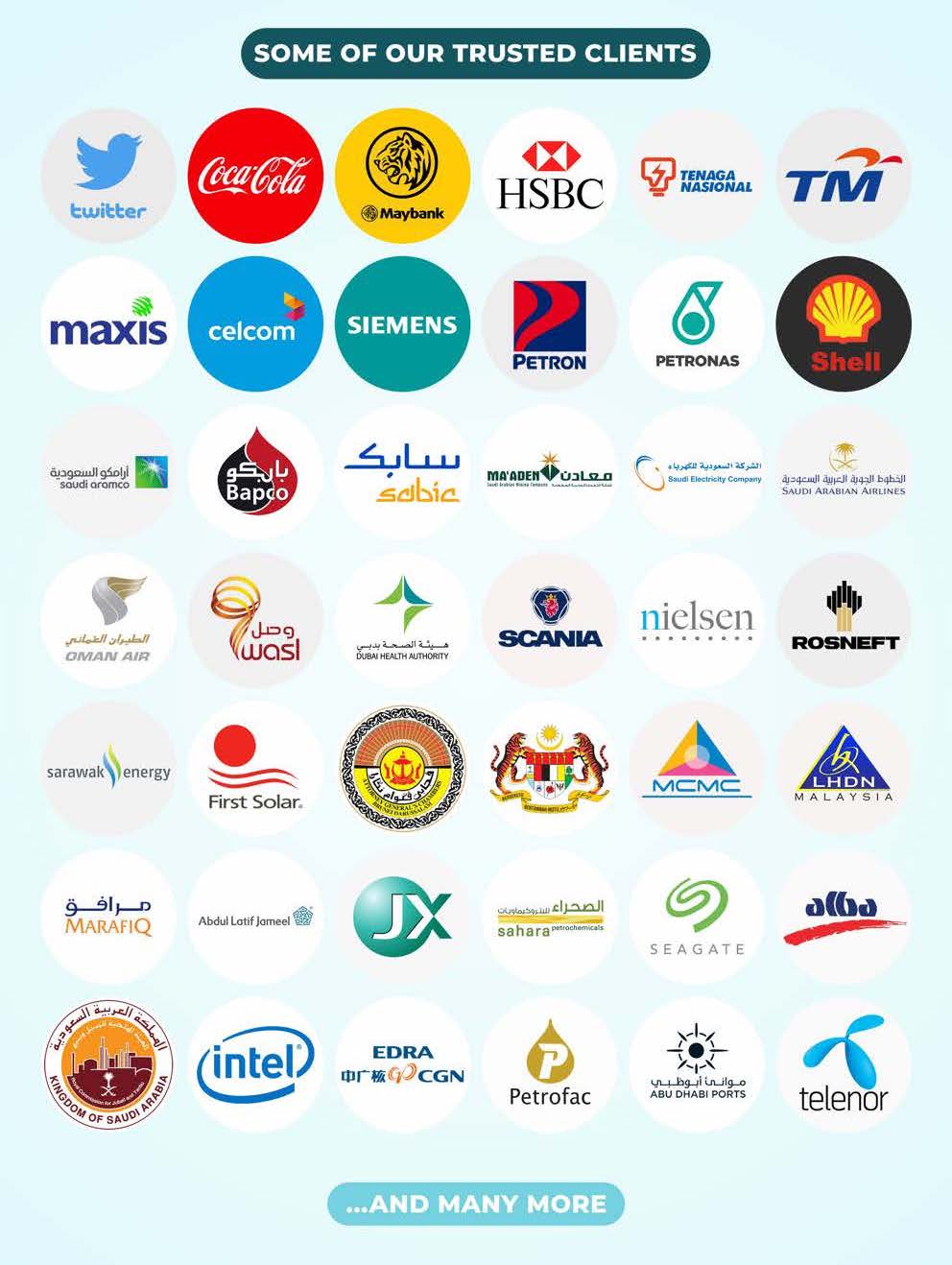SUPPLIER FINANCIAL ANALYSIS
COURSE OBJECTIVE
- To learn what is important to look for in financial statements
- Identifying potential financial misstatements
- Recognizing the "Red-Flags" on financial statements
- Using ratios for quick analysis
- Using a range of Excel® models to analyze a supplier with little information.
Each participant will receive an Excel® workbook of the case study templates to be worked through during the program so please bring your laptops loaded with Excel® 2010 or later.
WHO SHOULD ATTEND?
Supply Management professionals who want to learn about the relationship between finance and procurement while learning and/or revisiting the advanced concepts of the financial side of the business.
- Financial professionals
- Operational managers
- Process owners
- Project managers
- Everyone tasked with the effective and efficient evaluation of potential investments, acquisitions, outsourcing agreements, or long-term contracts
- Those responsible for the making or evaluating management of a decision-making process and want to use Excel® more effectively and an analytical tool
TRAINING METHODOLOGY
Participants will gain from a combination of instructional methods, including lectures by an experienced practitioner and consultant, exercises, group discussions covering current practices and their relationship to the implementation of concepts and techniques discussed.
WHAT YOU WILL LEARN
- A proven set of decision-making tools and financial analysis techniques
- How to effectively evaluate suppliers’ financial status
- How to apply best-practice financial practices to SMP.
- How to build a convincing case study for decision-making
COURSE OUTLINE
I. Finance and Accounting introduction
- a) Basic financial statement understanding
- i) Balance Sheet
- ii) Income Statement
- iii) Cash Flow Statement
Case study: Find the Links between the 3 financial statements
- b) Non-Cash Deductions & its Impact
- i) Depreciation vs. Amortization vs. Depletion (with Excel examples)
- c) Financial vs. Management Accounting (with Excel examples)
II. Key Ratios for Analysis
- a) What are Ratios & why are they important
- i) Liquidity; Turnover; Leverage & Profitability (Excel Ratio model)
Case study: ROE, ROA & Equity Multiplier calculations using the DuPont Model
- b) Suppliers Benchmarking model
Case study: Compare Supplier Ratios to Peer group
- c) Operating Cycle vs. Cash Cycle
Case study: Calculate the Cash & Operating cycles of a Supplier
III. Financial Analysis
- a) Altman Z-Score to measure financial Solvency – 3 approaches
Case study: Calculate the Z Score model; predict bankruptcy
- b) Beneish M-Score model & what it tells us about earnings manipulation
Case study: Apply the Beneish model to determine if earnings are real
- c) The F-Score & how is reveals potential fraud
Case study: Calculate a supplier’s F-Score to determine accuracy of financials
- d) The Sloan Index to compare cash flow to profits
Case study: Calculate this index to see how solid their cash flow is
IV. Supplier Analysis
- a) Sourcing analysis (Excel model)
- b) Sourcing alternative analysis (Excel model)
- c) The value of taking/passing on a Discount
Case study of a Supplier Discount
- d) What is the value of the Economic Order Quantity (EOQ) (Excel model)?
- e) Target Costing Model (Excel example)
- f) How do you know how much External Funding is Needed by a Supplier?
Case study: Calculate EFN to make sure they have enough
Other Procurement Trainings
2-day category management training to learn spend analysis, strategy development, and get access to practical tools to enhance procurement success.
Learn how procurement data analytics training can help optimize spend, improve supplier performance, and make data-driven decisions for long-term success.
Enhance procurement skills with our 3-day Expert Strategic Sourcing Training. Learn advanced sourcing techniques, supplier negotiation, and cost optimization.
Join our cost and price analysis training to master procurement strategies with hands-on exercises led by industry expert Robi Bendorf.
Join our 2-day Procurement Negotiations Training led by expert Mark Trowbridge. Gain practical skills with hands-on exercises, case studies, and role plays.
Achieving the Objectives of the Contract
Join this strategic sourcing training to master procurement skills. Learn from experts, boost efficiency, and drive business success. Enroll now!
Revolutionary, Real-Life & Practical Advanced Online Procurement Training Course for Managers. Advanced Strategic Sourcing, Advanced Negotiations, Category Mgt
Supplier Risk Management Training Shows a Structured Approach to Manage Risks Throughout the Supply Chain!
The Contract Administration course is designed as more than just a job but as an important profession essential to the organization's ability to meet its goals.
Free Training Bundle Provided for Purchasing & Procurement Training & Certifications Programs. Includes List of 18 Online & Classroom Procurement Trainings
This program explores vital concepts forming the basis of strategic supply management.
Every organization makes purchases, giving each the opportunity to positively impact people, planet, and profit through responsible sourcing.
Procurement Negotiation course is Designed to Provide Strong Competencies in the Methods and Strategies that will Result in Successful Negotiations w/ Suppliers
This 2-day program provides you all the tools you need to confidently deal with your finance staff from terminology to best practices.
The Essential Analytical Techniques for Strategic Purchasing in the New Normal Program Covers Many of the Basic Analytics that Purchasing & Contract Personnel Use to Obtain Maximum Value for their Organizations.
The Supplier Selection, Evaluation, and Performance Measurement course provides strategic and practical insights into achieving higher supplier performance.
Cost Improvements Initiatives, when properly implemented, have resulted in dramatic reductions in cost & improvements in productivity across the organization.
Hands-on with over 10 interesting case studies, interactive group exercises and ready-made to use templates, checklists and examples, plus 2 in-depth role plays - 1 each day..
The Best Purchasing & Procurement Trainings for Buyers to Build World-Class Skills to Source Qualified Suppliers, Negotiate Effectively & Reduce Costs!
From Strategic Sourcing, Negotiations, Category, Contracts & Cost Management, Supplier Relations & More. With Expert Instructors Who "Been There, Done That"
How to Achieve Significant Savings, Build Successful Supplier/End-User Relationships & Deliver Business Value
Premier Purchasing & Procurement Trainings Run by World-Class Experts. Includes Strategic Sourcing, Negotiation, Cost, Contracts, Category, Supplier & Many More
|
Share this page:
What’s this?
|
|



